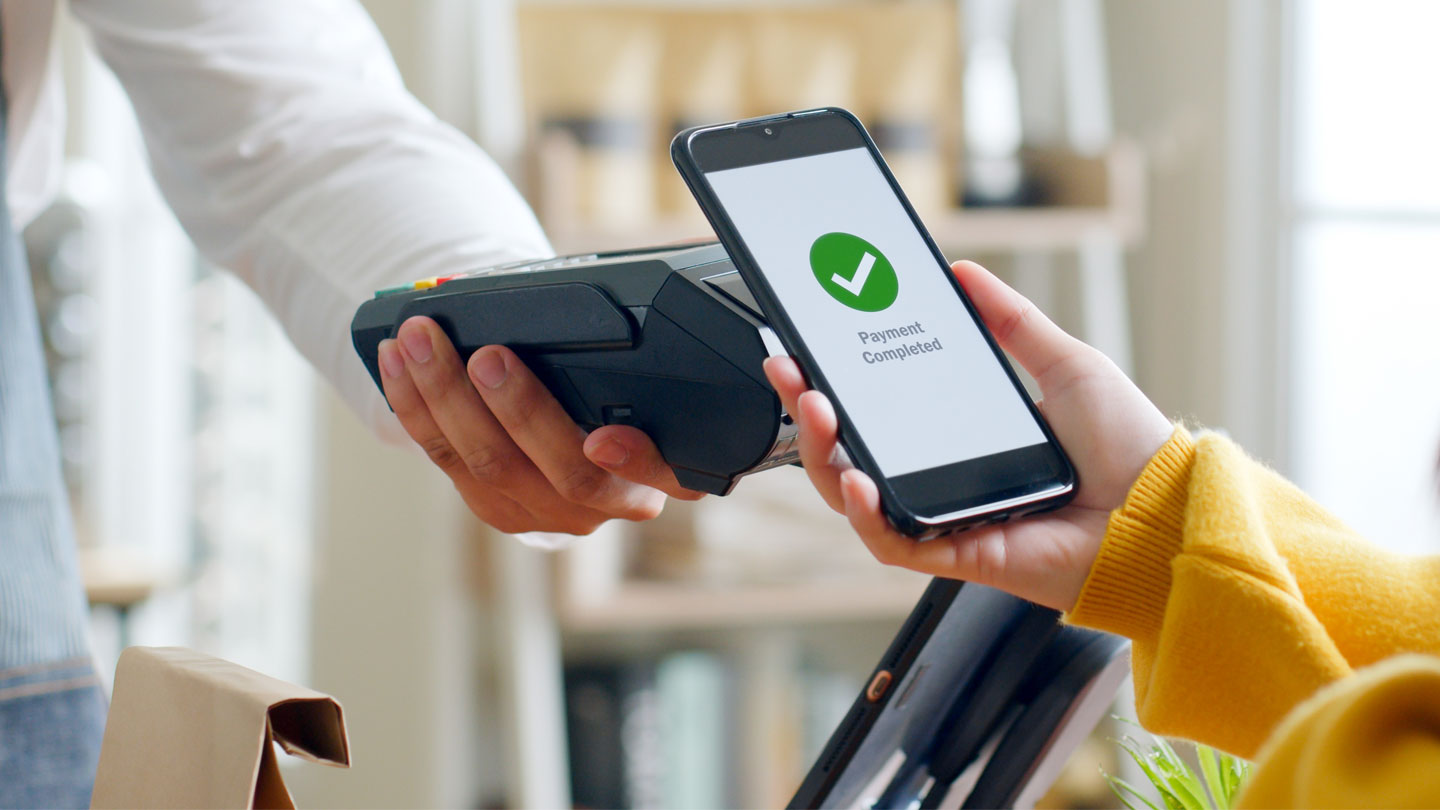
Key takeaways
- As the volume of real-time payments transactions increases globally, treasury teams are looking to adapt quickly
- The banking industry is looking to globalize real-time payments, with notable growth in APAC, LATAM and the Middle East
- Consider how real-time payments can unlock new possibilities for your clients, their customers and your business
Introduction
The global demand for real-time payments continues to increase rapidly, with the value of transactions processed using a real-time payment forecast to grow by 289% from 2023 to 2030.1 To keep up with demand, businesses—and their underlying treasury technology—need to enable payments solutions that fit their end users’ 24/7 lifestyle.
For treasury and technology teams that move quickly to meet demand, the benefits speak for themselves. Enabling real-time payments (RTP) can help improve liquidity, lower costs and improve customer experience, thereby inspiring long-term loyalty. RTP can also unlock a source of enriched data to facilitate fraud detection and payment protection. This data can come from immediate acknowledgements, real-time invoicing, remittance messaging, request for information and/or request for return of funds messaging.
As RTP continues to drive innovation across the payments landscape, here are three trends to keep an eye on.
1. Globalizing real-time payments
- North America: In the U.S., The Clearing House (TCH) has seen instant payments grow in nearly every quarter since 2019, with both transaction volume and value growing at an average of 15% per quarter.2 The federal government has also launched the FedNow Service to enable RTP for financial institutions nationally.3
- Europe: SEPA Instant, launched in 2017, was designed to deliver payments in ten seconds or less where available.4 However, the EU has seen low adoption thus far, with only 11% of euro money transfers occurring instantly.5
- Latin America: Brazil is paving the way for RTP in the region with the launch of PIX in 2020. This has resulted in year-on-year growth of 78% in RTP transactions,6 with 56% of all electronic payments expected to come from RTP by 2027.7
- Middle East: The Middle East is now the fastest-growing RTP region in the world, with expected annual growth of 30.6% between 2022 and 2027, reaching a value of $2.6 billion. This is being driven by Saudi Arabia’s 2030 Vision, which includes plans to modernize payments infrastructure.8
- APAC: In India, the Unified Payments Interface handles an estimated eight billion RTP transactions every month, making it the global leader in terms of RTP transaction volume. Partnerships in several countries, including Singapore and the UAE, are enabling international expansion.9
J.P. Morgan Payments has a global footprint and is delivering solutions to clients through a consistent, unified experience with a goal of driving interoperability between payments solutions.
2. Endless possibilities for new payments experiences
The 24/7 payments environment empowers businesses to send and receive payments any time of day and any day of the week. RTP is transforming the payment landscape for use cases served inefficiently with legacy payment infrastructures, but more importantly providing the infrastructure for brand new uses cases and business models that could not have been imagined without RTP.
Real-time payments support new use cases for businesses including:
-
Instant payroll
-
Merchant payouts
-
Vendor payouts
RTP helps to remove the gap and the friction points from the settlement process. Companies can receive remuneration with immediate availability within seconds and, more importantly, it allows them to pay their employees faster. Practical improvements to today’s business models, even those already considered disruptive, are enormous.
3. Envisioning, championing and creating change
Imagine the possibilities for this new payment rail to enable new ways of doing things, changing the payments experience for customers, suppliers, employees and business partners.
J.P. Morgan Payments is harnessing converging technologies—including APIs, open banking, enriched data, machine learning, smart devices and connected objects—and leveraging their intersection with RTP. This is integral to supporting our clients as they shape their strategies for sustained success amid rapid technological change. In advancing our systems, we are enabling our clients to better serve their customers by creating new, more efficient payment capabilities based on RTP. J.P. Morgan is collaborating closely with clients to contextualize RTP into their business needs and to enable leaps in thinking to create new business models.
As digitally-enabled RTP becomes the expectation, it’s important to consider cybersecurity and fraud mitigation solutions to complement new payment methods. Clients benefit from improved transparency for both the payer and the beneficiary of an immediate payment.
Real-time payments readiness plan
Consider the following steps to gain the broad benefits of RTP:
-
Look at your strategic roadmap and consider how RTP can help you better service and delight your customers.
-
Look at use cases within your organization for RTP to improve various processes and become more efficient (e.g., elimination of paper checks).
- Employee processes (e.g., payroll, T&E reimbursements)
- Consumer processes (e.g., wallet, cash apps, collections)
- Business processes (e.g., supplier and vendor payments)
-
Take advantage of the cash management benefits of real-time processing, such as increasing interest earnings, enhanced inventory management and faster/paperless collections.
-
Simplify and ease payables and receivables reconciliation by using the ISO20022 messaging.
Connect with your J.P. Morgan representative to find the right solution for your business.
JPMorgan Chase Bank, N.A. Member FDIC. Deposits held in non-U.S. branches are not FDIC insured. Non-deposit products are not FDIC insured. The statements herein are confidential and proprietary and not intended to be legally binding. Not all products and services are available in all geographical areas. Visit jpmorgan.com/paymentsdisclosure for further disclosures and disclaimers related to this content.







